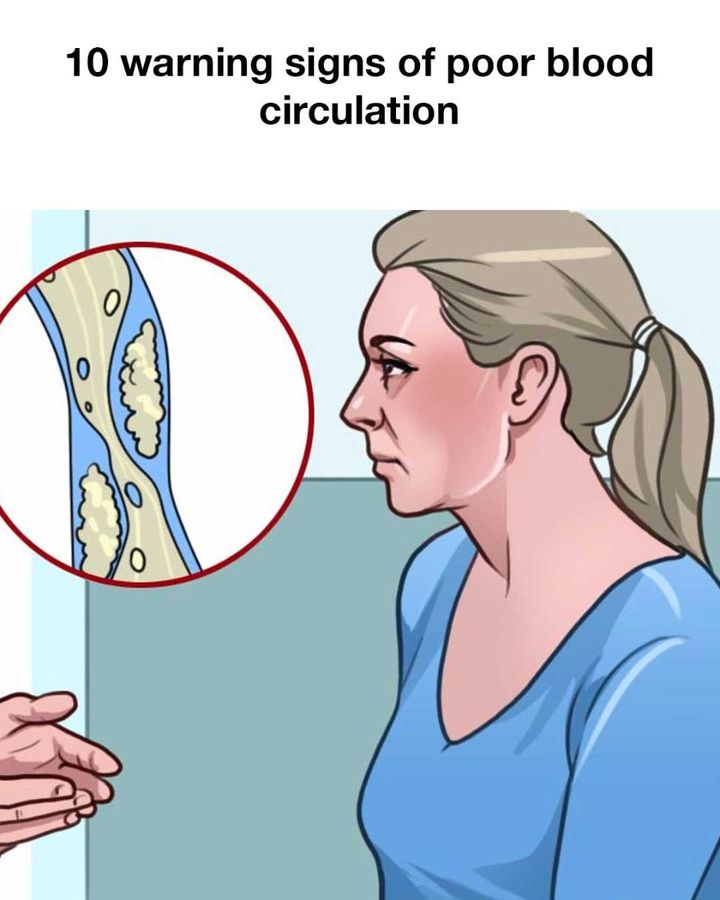Poor blood circulation is a condition that can lead to a variety of health problems, some of which can be quite serious. Proper blood flow ensures that oxygen and essential nutrients are delivered throughout the body, allowing organs and tissues to function optimally. When circulation is impaired, several bodily functions can be compromised, leading to discomfort and long-term health issues. Understanding the warning signs can help you address and treat poor blood circulation before it leads to severe complications.
This article will guide you through the 10 warning signs of poor blood circulation that should not be ignored. By recognizing these signs early, you can take the necessary steps to improve your circulation and maintain your overall well-being. Keep reading to discover the symptoms that could indicate an underlying issue and learn how you can take proactive measures to ensure a healthy circulatory system.

1. Numbness and Tingling:
One of the most common signs of poor circulation is experiencing numbness or tingling sensations, particularly in the extremities such as fingers or toes. This occurs when the blood flow is restricted, causing a lack of oxygen and nutrients to the affected areas.
2. Cold Extremities:
Constantly having cold hands and feet can be an indication that your blood isn’t adequately reaching these parts of your body. This can be particularly noticeable in colder weather.
3. Swelling:
Swelling in the lower extremities, especially the legs and ankles, can be a sign of fluid buildup due to poor circulation. When blood flow is restricted, it can lead to fluid leakage from the blood vessels, causing swelling.
4. Fatigue and Lack of Energy:
Feeling unusually tired or lethargic even after a good night’s sleep can be linked to poor circulation. Inadequate blood flow means your muscles and tissues aren’t receiving the oxygen they need, causing you to feel fatigued.
5. Skin Discoloration:
Changes in skin color, such as a bluish or purplish hue, can indicate poor blood circulation. This results from low oxygen levels in the blood reaching the skin.
6. Varicose Veins:
Bulging veins, particularly in the legs, can be a sign of poor circulation. Varicose veins occur when veins become overfilled with blood due to poor blood flow, causing them to appear enlarged.
7. Slow Healing of Wounds:
If you notice that minor cuts or injuries take longer than usual to heal, it could be a sign of poor circulation. Efficient blood flow is crucial for wound healing, providing the necessary nutrients and oxygen to the affected area.
8. Cognitive Issues:
Poor circulation can also affect your brain, leading to memory issues or difficulty concentrating. Reduced blood flow to the brain means fewer oxygen and nutrients are reaching this vital organ, impairing its function.
9. Digestive Problems:
Frequent digestive issues such as bloating or stomach pain can be linked to poor circulation. Reduced blood flow to the digestive organs can affect their ability to function properly.
10. Cramping and Pain:
Experiencing frequent cramping or pain in your legs, especially after physical activity, can be a sign of poor blood circulation. This condition, often referred to as ‘claudication,’ occurs when blood flow to the muscles is restricted, leading to pain and discomfort.